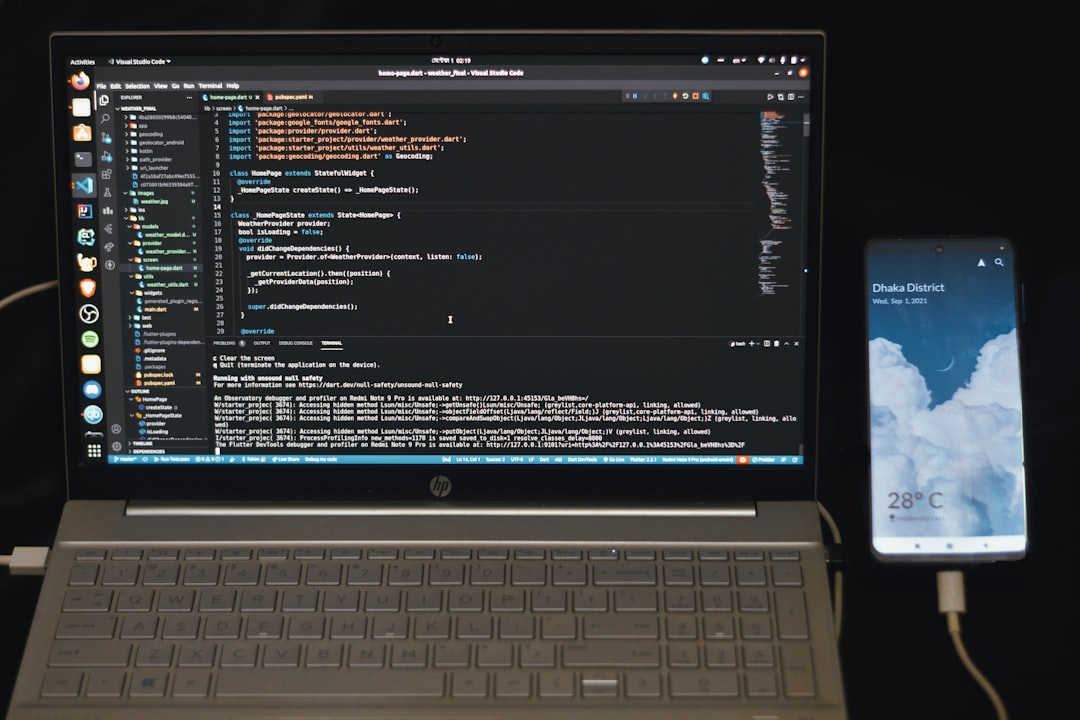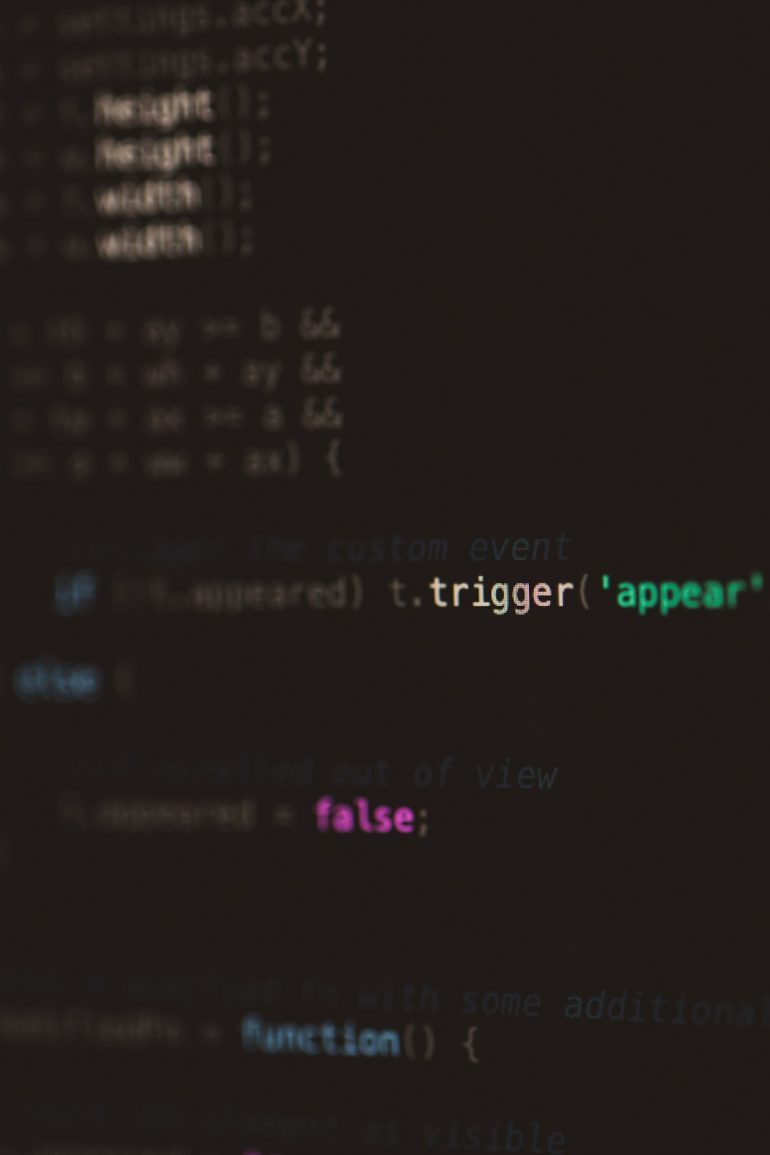How To Use Rsync to Sync Local and Remote Directories
When it comes to syncing files and directories efficiently between local and remote systems, rsync proves to be a powerful and dependable tool. It is a popular command-line utility for Unix-like systems that allows incremental file transfer, meaning it only transfers the parts of files that have changed. This functionality makes rsync highly efficient, especially when dealing with large datasets or over limited bandwidth connections.
This article outlines how to use rsync to synchronize directories between local and remote systems. Whether you’re backing up your website to a local server or pushing files to a remote host, rsync offers a fast and flexible solution to get the job done.
What is Rsync?
Table of Contents
Rsync (Remote Sync) is a utility designed to quickly copy and synchronize files and directories between two locations over a secure shell (SSH) or via the rsync daemon. It can perform local-to-local, local-to-remote, and remote-to-local syncs and offers a variety of options that help you fine-tune the process.
Some of the key features include:
- Efficient data transfer using delta encoding
- Preservation of symbolic links, hard links, permissions, and timestamps
- Minimal bandwidth usage
- Support for SSH encryption for secure communication
Installing Rsync
On most Linux distributions, rsync is pre-installed. If not, it can be quickly installed using the following commands:
- Debian/Ubuntu:
sudo apt install rsync - CentOS/RHEL:
sudo yum install rsync - Fedora:
sudo dnf install rsync - macOS (using Homebrew):
brew install rsync
Basic Rsync Syntax
The basic syntax of rsync is:
rsync [options] source destinationThe source and destination can be either local or remote paths. To specify a remote address, use the format user@host:/path/to/directory.
Syncing Local Directories
To synchronize two directories on your local machine, use:
rsync -av /home/user/source/ /home/user/destination/Explanation of options:
- -a: Archive mode. This preserves symbolic links, file permissions, user & group ownerships, and timestamps.
- -v: Verbose. Shows detailed output of the process.
Note the trailing slashes:
- If the source path has a trailing slash (
/source/), only the contents of source will be copied. - If the source path does not have a trailing slash (
/source), the entire source directory will be copied into the destination.
Syncing to a Remote Directory
With rsync, you can push files from the local system to a remote host using SSH:
rsync -avz /home/user/project/ user@remotehost:/home/user/project/New option:
- -z: Compress file data during transfer to reduce bandwidth usage
Rsync defaults to SSH for remote communications, but you can specify it explicitly using:
rsync -e ssh -avz /home/user/project/ user@remotehost:/home/user/project/
Syncing from a Remote Directory
To pull files from a remote server to your local machine:
rsync -avz user@remotehost:/home/user/project/ /home/user/localproject/This is particularly useful when you want to back up files from your website or server to your local machine.
Dry Run Mode
Before running a sync operation, you might want to preview the files that will be transferred. Rsync provides a –dry-run option for this purpose:
rsync -avz --dry-run /home/user/project/ user@remotehost:/home/user/project/This command won’t actually perform the synchronization but will show you what would happen if it did.
Deleting Files Not Present in Source
If you want the destination to mirror the source, including deleting files that have been removed, use the –delete option:
rsync -avz --delete /home/user/source/ /home/user/destination/Warning: Be cautious with the --delete flag, especially in scripts. It can permanently delete files not present in the source directory.
Excluding Files and Directories
In some cases, you may want to exclude specific files or folders from syncing. Use the –exclude option:
rsync -avz --exclude 'node_modules' /source/ /destination/You can specify multiple exclusion patterns or even use an –exclude-from file to read patterns from a text file:
rsync -avz --exclude-from='exclude-list.txt' /source/ /destination/
Automating with Cron Jobs
To perform regular backups or data synchronization, you can schedule your rsync scripts using cron jobs:
crontab -eAdd a line like the following to sync every day at midnight:
0 0 * * * rsync -avz /source/ user@remotehost:/destination/This makes backup maintenance consistent and hands-free.
Security Considerations
While rsync is reliable, security is paramount when dealing with remote transfers. Tips include:
- Always use rsync over SSH (
-e ssh) - Utilize SSH keys for passwordless and secure authentication
- Avoid running rsync as the root user unless necessary
Performance Tips
To optimize large file transfers:
- Use
--compressor-zfor slow networks - Use
--bwlimitto throttle bandwidth usage:--bwlimit=500(in KB/s) - Use
--partialto keep partially transferred files in case of interruption
Conclusion
Rsync remains a robust and efficient method for syncing files both locally and remotely. Its flexibility, reliability, and performance make it a preferred choice for system administrators, developers, and regular users alike. With options to fine-tune every aspect of the file transfer process, mastering rsync can significantly simplify your backup and deployment tasks.
FAQ
- Q1: Do both systems need to have rsync installed?
- Yes, rsync needs to be installed on both the local and remote systems for file transfers to work.
- Q2: Can rsync work over FTP or only SSH?
- Rsync communicates over SSH by default; it does not support FTP. If needed, it can also use its own rsync daemon protocol.
- Q3: Does rsync support Windows?
- Yes, rsync can be used on Windows via Cygwin, WSL (Windows Subsystem for Linux), or Git Bash. Native options like rsync for Windows also exist.
- Q4: Is it possible to cancel an rsync transfer?
- Yes, simply press
CTRL+Cto cancel. You can resume from where you left off by rerunning the command with the--partialflag. - Q5: How do I ensure my backup is updated frequently?
- You can







